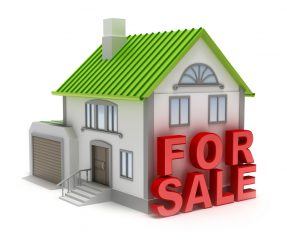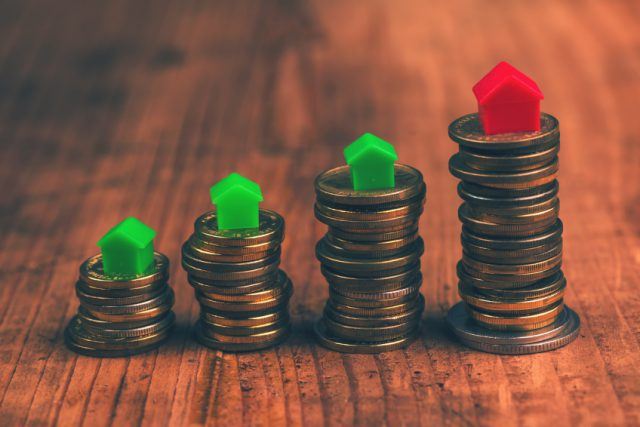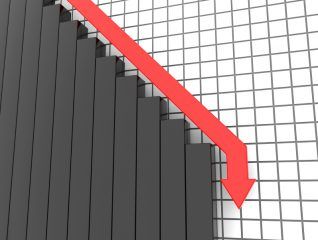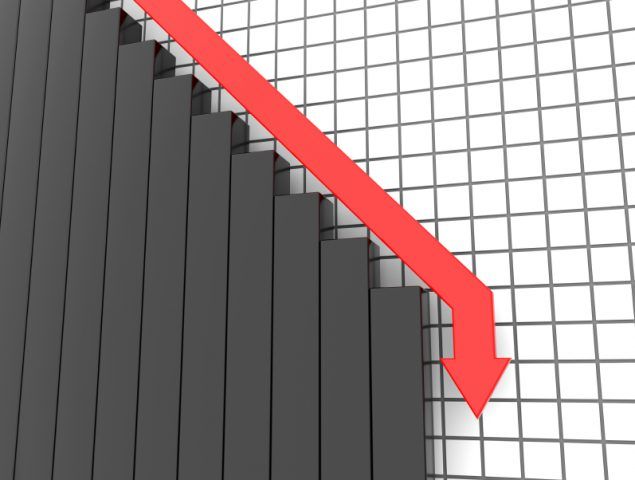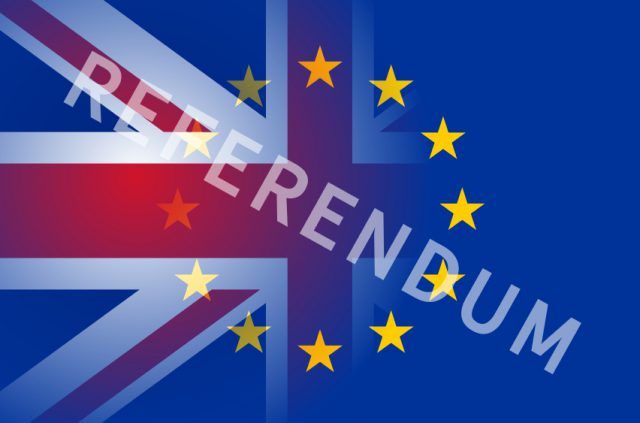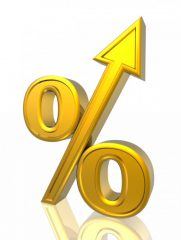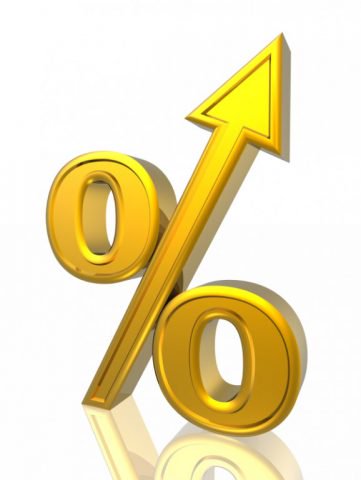Number of Property Transactions Up by 80% in March
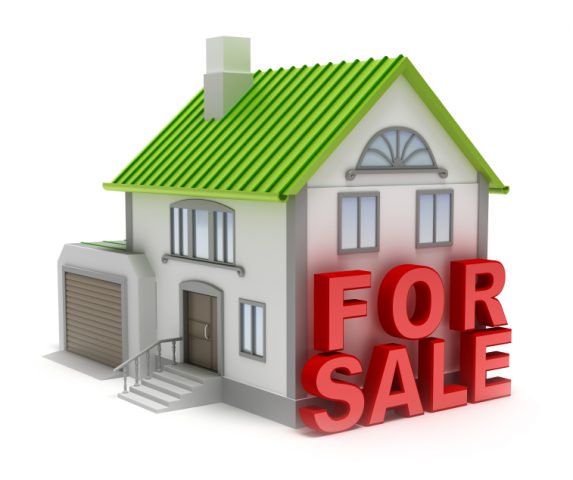
Number of Property Transactions Up by 80% in March
A huge surge in residential property transactions in March caused an 80% increase over the past year, according to data analysed by the latest Homes & Communities Agency report.
In March, 141,310 property sales were recorded, up by 80.6% on the same month last year. The Government agency believes that this sharp rise could be the result of a rush of buy-to-let landlords hoping to beat the 1st April Stamp Duty deadline.
As of 1st April, buy-to-let landlords and second homebuyers are charged an extra 3% in Stamp Duty.
On an annual basis, there were 1,135,830 property transactions in the year to the end of March, up by 9.9% on the previous 12 months.
However, the total stock of property for sale remains at a historically low level. In England and Wales, the number of homes entering the market was down by 6% compared to March last year.
The West Midlands and South West are suffering the most from a shortage of stock, with levels falling by 12% and 11% respectively over the past year.
Greater London is the only region in England where the amount of homes coming onto the market has increased, up by 6% on the same month in 2015.
The Homes & Communities Agency reports that house price growth has returned to all regions across England. However, the house price divide between the southeastern regions and the rest of the country has widened further since the start of the year.
The report compares annual house price growth from several indices for the past year:
[table id=10 /]
Last week, we released the HomeOwners Alliance’s review of house price data for the year: /homeowners-alliance-reviews-house-price-data-year/
